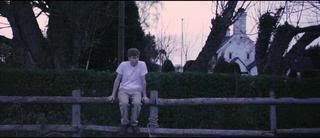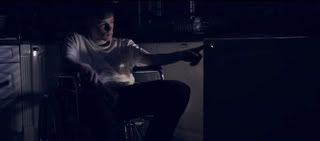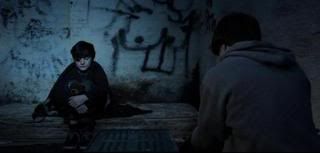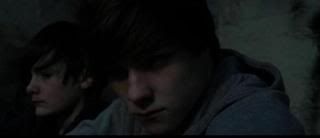The Amazing Adventures of Kavalier and Clay by Michael Chabon
Name-checked by early 2000s cool guy Seth Cohen and even by one of my Honours course coordinators, this story of cousins who almost singlehandedly revolutionise the comic book industry in New York before, during and after World War II is just begging for life on the silver screen, not least because of the novel's interest in the image and popular culture.
Plot: Josef Kavalier escapes Prague in 1939 and comes to live with his cousin, Sammy Klayman, in Brooklyn. Joe, a talented artist and Sam, a would-be writer, together create a comic book series called The Escapist. Riding a wave of success during the golden age of the comic book, each boy battles their own demons; Joe becomes frustrated with his attempts to rescue his family still in Prague while falling in love with New York, not to mention artist Rosa Saks, and Sam struggles with his lack of literary success while questioning his sexual identity. The pair part ways and 11 years later, we find Sam and Rosa married with a son, Tommy, who has been receiving instruction in magic and escapology from Joe in secret, who is now hiding out in his and Sammy's old office in the Empire State Building. The cousins are eventually reunited through the inescapable bonds of family, love and religion.
Why it's perfect for an adaptation: regarded as one of the best novels of the 21st Century, a film version would definitely pull an audience. It deals with some themes Hollywood has long been interested in, fusing the comic book film, war films and the Holocaust film, not to mention that it also includes the enduring nature of true love. It also has a real sense of time and location, and to quote an oft-cited cliché, the city of New York is almost as central a character as Kavalier and Clay themselves. It also serves as a love letter to that which both comic books and Hollywood cinema trade on: the idea of escapism. There's a beautiful passage toward the end of the book that explains the importance of having an outlet to escape the struggles of the real world. The sky's the limit in terms of a visual style – recreating the world of Kavalier and Clay could both rely on the beautiful comic books they produce and their influences, most notably Orson Welles with Citizen Kane.
Why it hasn't already been made: Don't bother asking why I'm the first person to think it would make an awesome film, because I'm not. The project is currently described on Wikipedia as being in 'development hell,' and it has a hauntingly empty entry on IMDB, with four question marks in place of a year of release. The story goes that Scott Rudin had been involved in the production of the film adaptation for a long time with Chabon adapting the screenplay himself. Creative differences occurred between him and Chabon, namely, that Chabon seemed to Rudin to be butchering his own work, leaving out what he considered to be crucial scenes. Since then, the project has been picked up and put back down again for a while, the last time it looked like it had a serious greenlight being apparently in 2007.
Not only that, but Chabon himself feels that the novel's structure doesn't lend itself easily to the 3 act structure of film. The novel spans quite a number of years and odd locations, and there is indeed a gap of eleven years around the middle of what is a very long story. The story's length and structure may indeed make it difficult – in any case the film would be very long. The issue is, would it outstay its welcome or would it feel like too short a stay in Chabon and co.'s company?
Cast and Crew: It's no easy task, crewing a hypothetical project when I have little to no industry insight. But I'm not going to let that stop me putting my two cents in.
Screenwriter
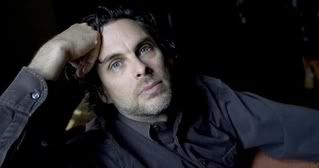
Chabon himself has remained as screenwriter on the proposed project. Having the writer adapt the novel for the screen is definitely an advantage, but is he too close to the work? He also works within a completely different medium and a different structure, format, etc.
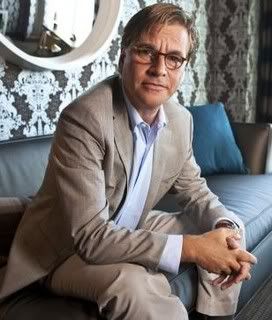
He has said that he has struggled to adapt his own work – maybe a fresh start with a new screenwriter on board may help this baby along. The book's snappy dialogue and flair may lend itself to an Aaron Sorkin, perhaps? In any case, this requires careful handling and a large dose of 'directing from the page.'
Director of Photography
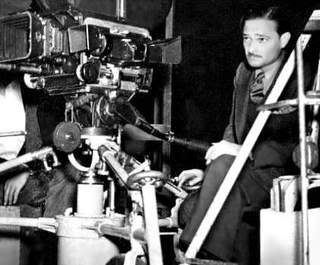
It's a pity that Gregg Toland's dead. He would have been perfect.
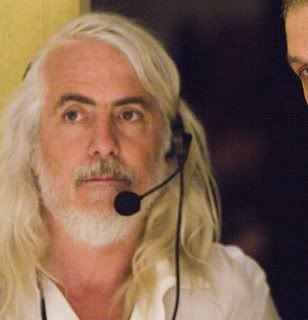
Robert Richardson could definitely give the film a polished, stylised look, having photographed The Aviator for Martin Scorsese and producing an even more highly stylised and breathtaking, shall we say parallel 1940s, in Tarantino's Inglourias Basterds. Anyone with a respect for the classical Hollywood style and particular ease with low-key lighting, deep focus and understanding of the importance of depth of field would nail it. So...Gregg Toland, then.
Director
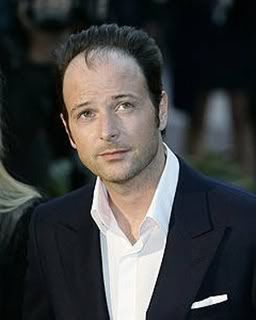
Matthew Vaughn, hands down. He's adapted fantasy novels with ease (Stardust), and has mastered not one but two successful comic book films; Kick-Ass and X-Men: First Class. He can handle effects-driven material as well as more character-driven work and while his background is clearly in action and crime films, he can still find the emotional core of any story. He'd be able to navigate location filming and if required he would be comfortable with using computer animation for particular setpieces (the ruins of the World's Fair, the Empire State Building interiors and Joe's stunt on the roof). He's worked with some remarkable actors including Michael Gambon and Mark Strong and the inclusion of a scene in which an eleven year old girl drops the C-bomb while brutally killing gangsters and criminals in Kick-Ass means he won't shy away from some of the novel's more difficult moments.
Main Cast
Josef Kavalier
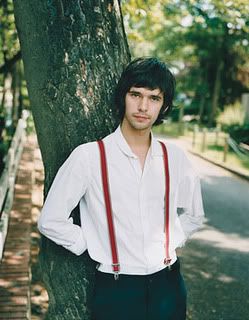
Ben Whishaw. He's got the haunted, penetrating eyes of someone who's been through some serious shit, and a European look that seems perfect for Joe. His public persona seems to exude Joe's quiet resolve and supreme intellect. Plus, he's got eyes you could just dive into – exactly how I imagine Mr Kavalier.
Sam Clay

Any big-screen version of the ambitious Sam Clay needs to crack wise like a Jonah Hill, but handle the more serious subject matter of the search for his sexual identity like a Jesse Eisenberg. Eisenberg wins for two reasons: he's fresh from Academy attention, and I have a massive crush on him and would cast him in every single film ever if I could.
Rosa Saks
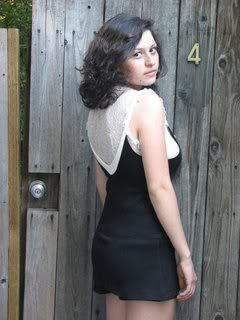
Previous incarnations of the project have put Natalie Portman in the role, most likely because she's an incredible actress and might jump at the chance to play the gal in this scalene love triangle. As much as I love and respect her, to me she looks completely wrong for the role. My choice would be Alia Shawkat. She's proved she's got the attitude required to play Rosa and the figure to boot.
Tracy Bacon

Ryan Gosling. He's gorgeous, he could easily play the quintessential 1940s Hollywood hero with a career-destroying secret, and did I mention he is absolutely gorgeous?
We'll sort out silly logistics like age, chemistry and casting young and old versions of the characters vs makin them older or younger digitally later.
My only hope is that The Amazing Adventures of Kavalier and Clay leaves development hell and ascends to box office heaven. Of course I would like to be consulted on my ideas for the project as outlined above (and I feel sure I will. Ahem.), but in the end, all I'd like from any filmmaker who takes it onboard is that they make the film as a spectacular thank you letter to this amazing book. Chabon and company, let's get on this!
Coming soon: Lord Arthur Savile's Crime by Oscar Wilde, The Beautiful and Damned by F. Scott Fitzgerald and The Kill by Emil Zola.
